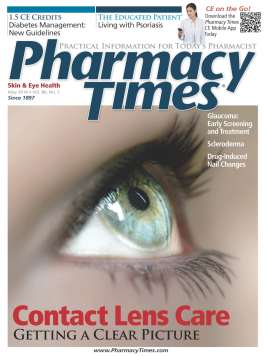Publication
Article
Pharmacy Times
White Male Children at Highest Risk for Color Blindness
White male children are the most likely to be diagnosed with color blindness compared with children of other ethnicities, the results of a recent study suggest.
White male children are the most likely to be diagnosed with color blindness compared with children of other ethnicities, the results of a recent study suggest.
The population-based, cross-sectional study, published online on April 3, 2014, in Ophthalmology, was part of the Multi-Ethnic Pediatric Eye Disease Study and evaluated the prevalence of color vision deficiency based on gender and ethnicity among preschool-aged children. A total of 4177 children were able to complete color vision testing and were separated into 4 ethnic groups: black, Asian, Hispanic, or non-Hispanic white. The researchers of the study also analyzed at which age children could be effectively screened for color blindness.
The results indicated that boys were significantly more likely than girls to be color blind, and that white male children were at the highest risk. The analysis found that 5.6% of non-Hispanic white male children were color blind, compared with 3.1% of Asian, 2.6% of Hispanic, and 1.4% of black male children. The prevalence of color blindness among boys was significantly different between black and white children and between Hispanic and white children. Overall, 32% of color blind cases among boys were classified as mild, 15% as moderate, and 41% as severe. The prevalence of color blindness among girls ranged from 0% to 0.5% among all ethnic groups. The results also indicated that testability for color vision deficiency is high when children are 4 years of age.







